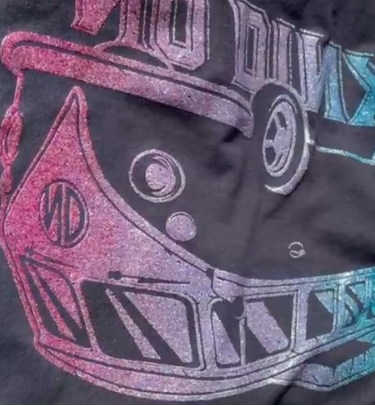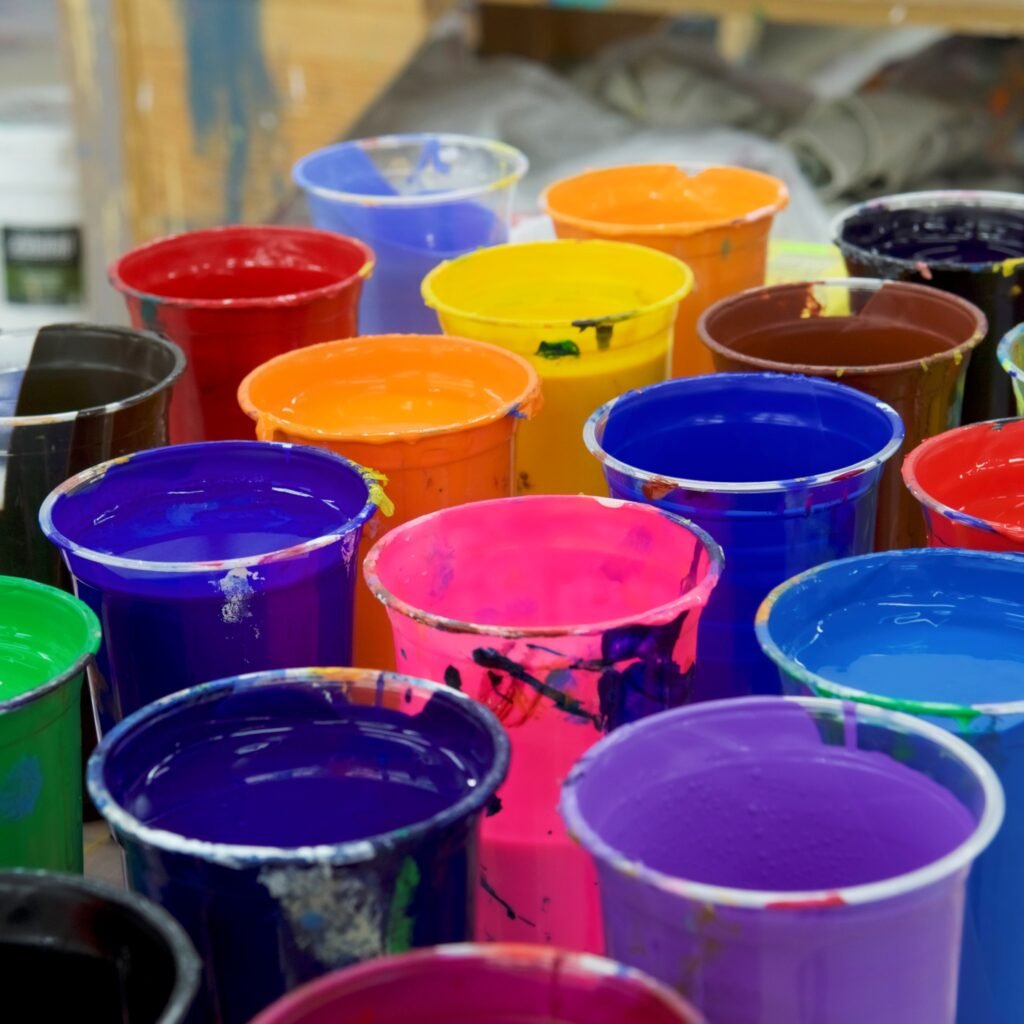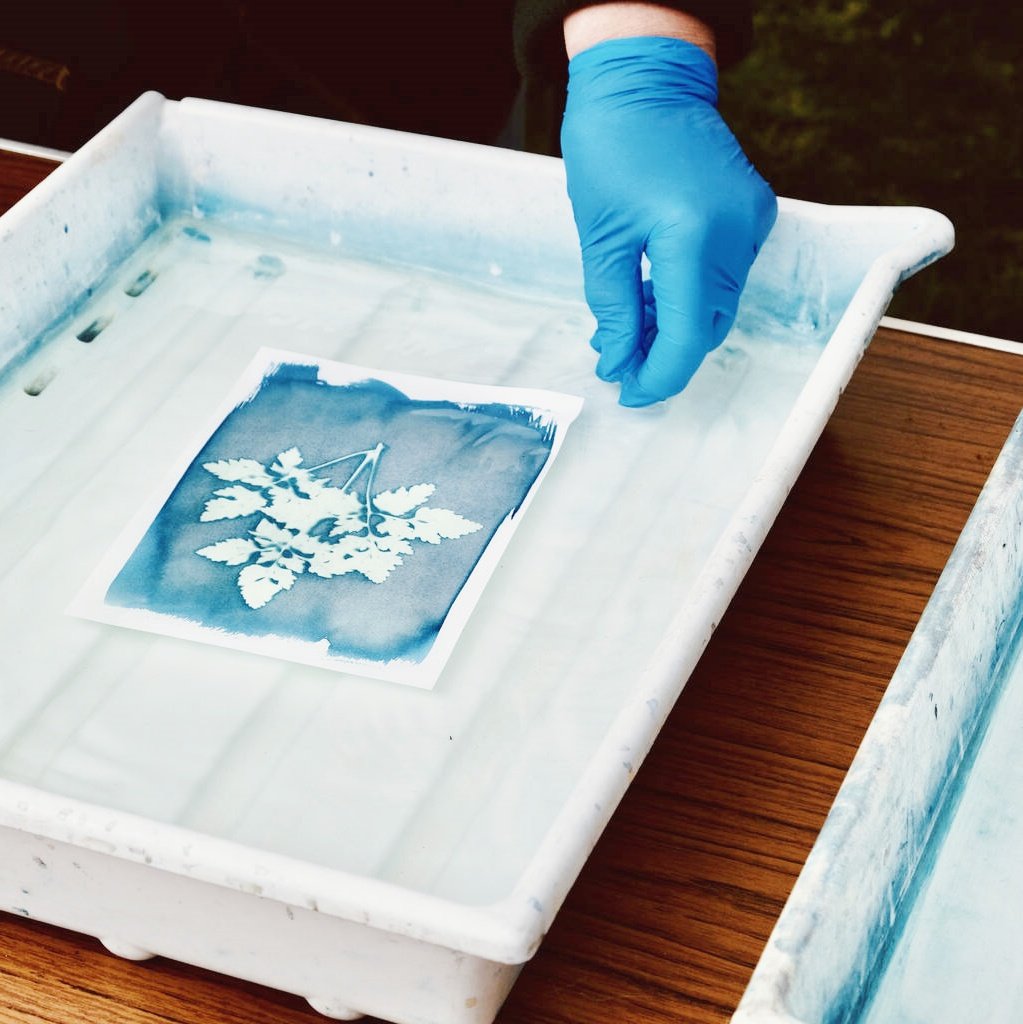Tabla de contenido
Innovaciones en plastisol transparente 2024: mayor resistencia y mejor apariencia
Plastisol transparente is a special material made from Resina de PVC y plastificantes. It is used to make things like coatings, inks, and molds. Today, new technology makes it stronger, prettier, and better for the Earth.
1. What is Transparent Plastisol?
Plastisol transparente is a liquid that hardens when heated. It is made by mixing Resina de PVC (a type of plastic) with plastificantes (oily liquids that make it soft).
- Old uses: Coating fabrics, car parts, and toys.
- New uses: Medical tools, phone cases, and building materials.
Why it matters now:
- People want materials that last longer and look nice.
- Factories need eco-friendly options.

2. Top 5 Durability Breakthroughs
2.1 UV & Weather Resistance
Problema: Old plastisol turned yellow in sunlight. Solución: Agregar nano-ceramic (como TiO₂) to block 99% of UV rays. Ejemplo: Outdoor roofs that stay clear for 15 years.
| Old vs. New | Old Plastisol | New Plastisol |
|---|---|---|
| Resistencia UV | Poor | 99% Blocked |
| Lifespan | 5 years | 15 years |
2.2 Scratch/Abrasion Resistance
Problema: Scratches made plastisol look old. Solución: Self-healing polymers (mix of silicone and PVC). Ejemplo: Sports gear grips that stay new after 10,000 uses.
2.3 Thermal Stability
Problema: Heat made plastisol melt or crack. Solución: Cross-linking agents let it handle heat up to 160°C. Ejemplo: LED light parts that don’t warp.
2.4 Chemical Resistance
Problema: Oils and acids damaged plastisol. Solución: Agregar fluoropolymers (super-strong plastics). Ejemplo: Car parts that resist oil spills.
2.5 Flexibility Without Cracking
Problema: Bending caused cracks. Solución: Bio-based plasticizers (like soybean oil). Ejemplo: Phone cases that bend but don’t break.
3. Aesthetic Innovations
3.1 Optical Clarity
Problema: Old plastisol looked hazy. Solución: Low-haze resins (like Vinnolit® VTC) for glass-like clarity. Ejemplo: Medical tubes you can see through clearly.
3.2 Customizable Finishes
Problema: Plastisol looked boring. Solución: Micro-embossing creates matte, glossy, or textured surfaces. Ejemplo: Designer shoes with shiny, metallic patterns.
3.3 Colorfastness
Problema: Colors faded in sunlight. Solución: Nano-pigments keep colors bright for years. Ejemplo: Red car trim that stays red.
4. Sustainability Upgrades
4.1 Phthalate-Free Plasticizers
Problema: Old plasticizers had harmful chemicals (ftalatos). Solución: Usar DINCH o Citroflex® (safe alternatives). Ejemplo: Baby toys that meet strict EU safety rules.
4.2 Recyclable Systems
Problema: Plastisol couldn’t be recycled. Solución: BASF’s Solvay® process lets factories reuse plastisol. Ejemplo: Recycled phone cases.
4.3 Low-Temp Curing
Problema: High heat wasted energy. Solución: Infrared curing uses 30% less energy. Ejemplo: Factories save money and reduce pollution.
5. Where is Transparent Plastisol Used?
| Industry | Use Case | Beneficio |
|---|---|---|
| Automotor | Scratch-resistant dashboards | Stays new for years |
| Medical | Clear tubing | Safe, easy-to-clean |
| Electronics | Unbreakable phone cases | Lightweight and stylish |
| Architecture | Weatherproof roofs | Survives rain, sun, and snow |

6. Challenges & Fixes
Problem 1: Plasticizers leak out of flexible products. Arreglar: Usar high-MW plasticizers (like PolyOne’s Geon™ 3000).
Problem 2: Making plastisol clear AND strong. Arreglar: Agregar graphene-oxide (super-thin carbon layers).
7. Tendencias futuras
- Smart Coatings: Plastisol that senses heat or UV light.
- Biodegradable Plastisol: Composts like food waste.
- AI-Driven R&D: Computers invent new formulas faster.
8. Preguntas frecuentes
Is transparent plastisol food-safe?
Yes! FDA-approved types are used in food packaging.
How is it different from silicone?
Plastisol is cheaper and sticks better, but silicone bends more.
Can it replace glass?
Soon! New impact-resistant types are being tested for phone screens.



